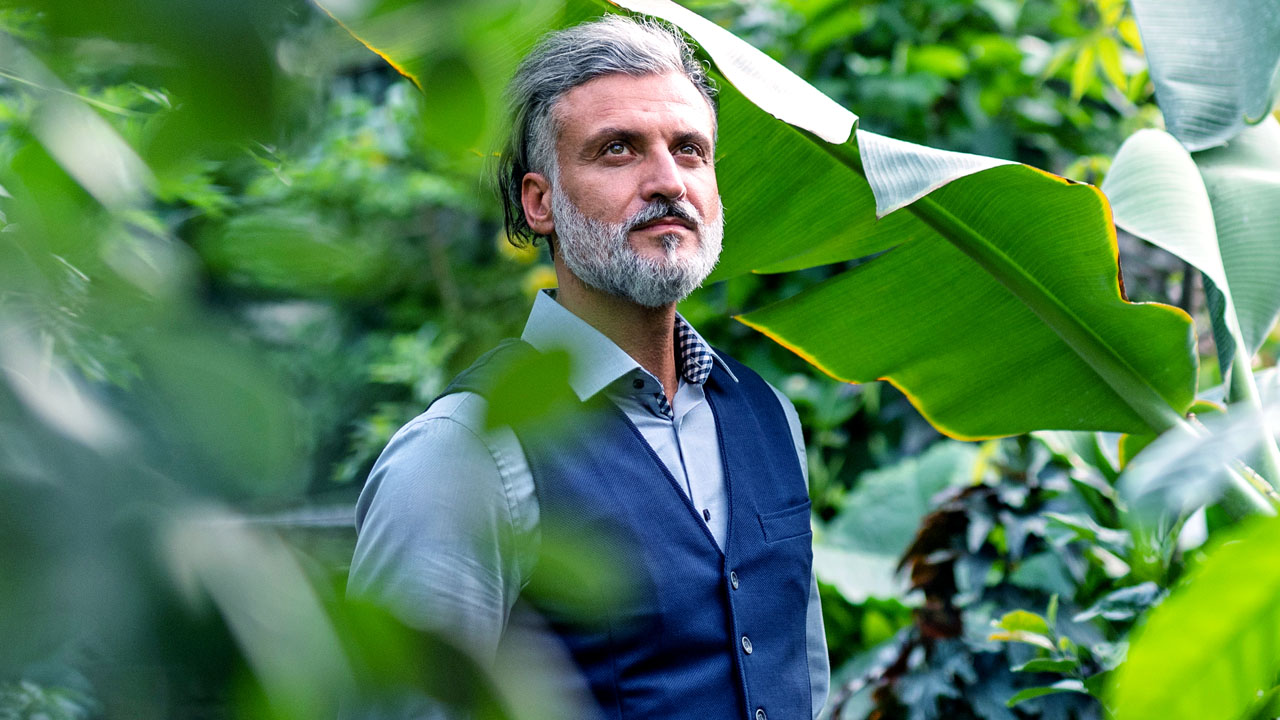| | | |
| | Brought to you by Alex Panas, global leader of industries, & Axel Karlsson, global leader of functional practices and growth platforms
| | | | | | | |
| | | | Exciting. Rewarding. Overwhelming. Lonely. These are just some of the words that describe what it can feel like to serve as a CEO. To help leaders at the top navigate this multifaceted and demanding role, a team of McKinsey senior partners interviewed high-performing CEOs and synthesized their experiences in CEO Excellence: The Six Mindsets That Distinguish the Best Leaders from the Rest. The book, which marks its third anniversary this month, offers lessons on handling core CEO responsibilities, such as setting strategic direction and aligning the organization—and managing personal effectiveness, too. (A follow-up book, A CEO for All Seasons: Mastering the Cycles of Leadership, will be published in October.) This week, we explore insights from CEO Excellence and look at some of the practices that can help leaders thrive in the top job.
| | | | | | | | | | | | | | | |
| | | | | That’s McKinsey Senior Partner Ramesh Srinivasan on why CEOs must make time for self-reflection, in an episode of The McKinsey Podcast. Srinivasan is a coauthor of The Journey of Leadership: How CEOs Learn to Lead from the Inside Out, which contends that CEOs must augment traditional leadership qualities, such as decisiveness and confidence, with self-awareness, humility, compassion, and other soft skills. In the same interview, McKinsey’s Hans-Werner Kaas (another coauthor) says that “human-centric leadership provides the permanent guidepost for leaders of all backgrounds and levels. That guidepost, plus the actions leaders take to get to it, is central for colleagues and external stakeholders to look up to.”
| | |
| | | | | | | | | | |
| Business and sports have long been intertwined, as anyone who’s been told by their boss to “swing for the fences” or “run a full-court press” can attest. Many CEOs and senior executives have athletic backgrounds and find that those experiences helped prepare them for corporate success. Of course, you don’t need an all-star pedigree to become a CEO. But you can become a better leader by adopting some of the common practices of top athletes, say McKinsey’s Global Managing Partner Bob Sternfels and Senior Partner Daniel Pacthod. Today’s sports stars are more prepared and proficient than previous generations because they are continually learning, they embrace data and analytics, and they are adaptable and resilient, among other traits. “The best leaders today have made a generational change in their thinking, one that closely parallels how elite athletes prepare, train, and compete,” the authors say. “In several ways, the two jobs—CEO and athlete—are highly correlated.” | | | Lead by building winning habits. | | | | | — Edited by Eric Quiñones, senior editor, New York
| | |
| | | |
This email contains information about McKinsey’s research, insights, services, or events. By opening our emails or clicking on links, you agree to our use of cookies and web tracking technology. For more information on how we use and protect your information, please review our privacy policy. |
|
You received this email because you subscribed to the Leading Off newsletter. |
|
|
Copyright © 2025 | McKinsey & Company, 3 World Trade Center, 175 Greenwich Street, New York, NY 10007 |
|
|
|
|
|











